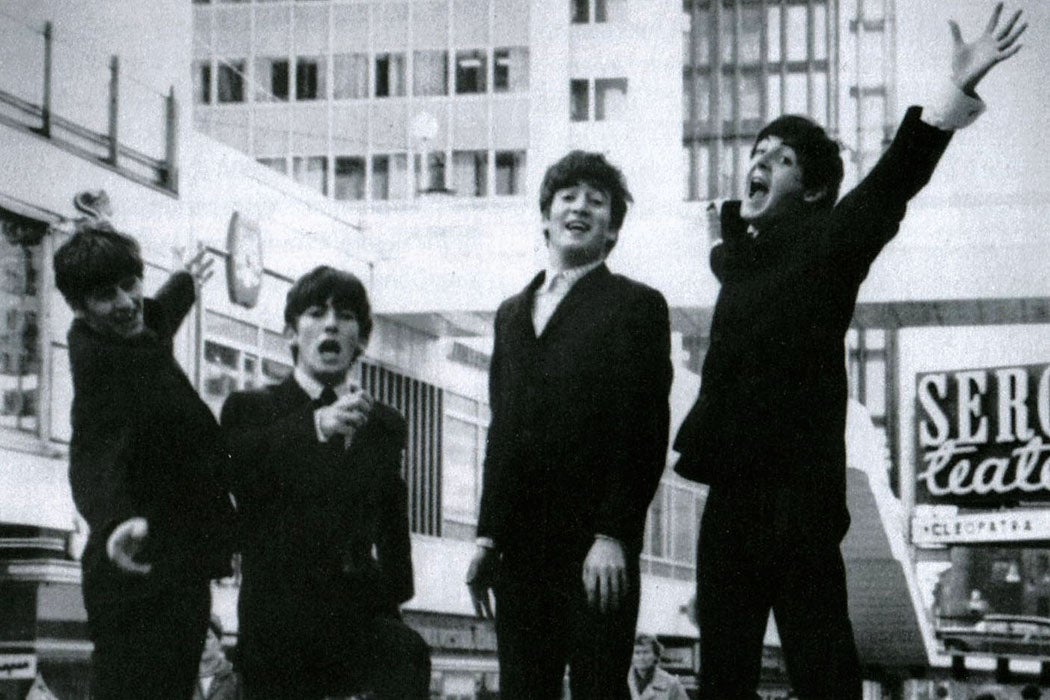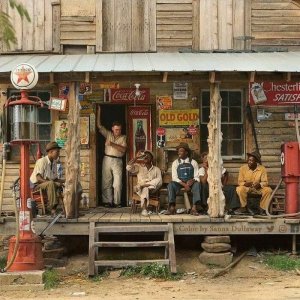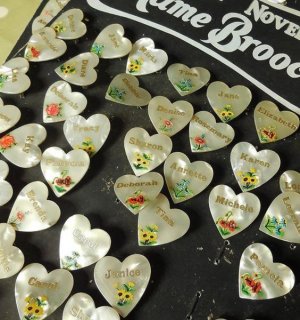I remember 78RPM recordsYeah baby... go from 16 rpm to 78 rpm.
You are using an out of date browser. It may not display this or other websites correctly.
You should upgrade or use an alternative browser.
You should upgrade or use an alternative browser.
Who remembers these things back in the day ?...come and add your own memories..
- Thread starter hollydolly
- Start date
And it shredded the turkey breast without effort.
oscash
Senior Member
- Location
- Sydney - Australia
I can still remember the jingle ; "Brylcreem, a little dab will do ya"
hollydolly
SF VIP
- Location
- London England
so do I but only as something my older relatives had. I've never played one.. they were archaic even when I was a teenI remember 78RPM records
hollydolly
SF VIP
- Location
- London England
My father wore brylcreem every day of his life...I can still remember the jingle ; "Brylcreem, a little dab will do ya"
Grampa Don
Yep, that's me
- Location
- Orange county, Calif.
Do you remember?I can still remember the jingle ; "Brylcreem, a little dab will do ya"
Use Wildroot cream oil Charlie
Start using it today
You'll find you have a tough time Charlie
Keeping all the girls away.
That was a lie too.
ChiroDoc
Member
- Location
- The Dixie Riviera
It was a good product. Of course it became passe after "the wet look" subsided in the 1960s. I didn't wash my hair too often until then....My father wore brylcreem every day of his life...
Paco Dennis
SF VIP
- Location
- Mid-Missouri
The High School Hair Wars of the 1960s ( short article - I can relate) 
Following the introduction of the mop top by the Beatles, the battle over how long school boys could wear their hair in the 1960s and 1970s went to the courts again and again.
The Beatles with their unconscionable "mop tops" in 1963
The current swell of student activism follows in the footsteps of earlier generations. In the 1960s, American high school students fought for their right to have a say in the rules that were imposed upon them. One of the important strands of this history had to do with hair. Specially, long hair on males. A public debate about masculinity and long hair raged in America from the mid-1960s and it was especially intense for high school boys.
This all might seem trivial today, admits historian Gael Graham, but the “tenacity with which both proponents and opponents of long hair pursued judgments in their favor” suggests otherwise. These were fights over individual choice, authority, and definitions of masculinity. In all, over a hundred “hair cases” were appealed to the federal courts; nine of these were appealed all the way to the Supreme Court, which side-stepped the issue again and again.
There was a strong strain of sex panic that sounds much like our contemporary debate over transgender bathroom access.
Graham details the “great hair debate” that emerged in the hirsute wake of the Beatles, who introduced the “mop top” hairstyle. The “social significance of hair,” however, has been an issue for many years. Graham points to such social/political hair to-dos as bobbed hair for girls and women in the 1920s; the perennial “good,” “bad,” and “natural” hair debates in the African American community; the mandatory haircuts in nineteenth-century missionary schools for Native American children; and, going back further, the Puritan magistrates who condemned whites with long hair “after the manner of savages.”
Most of the arguments for long hair heard in 1960s courtrooms were basically arguments for freedom. The arguments against long-haired boys in high school had to do with tradition and the authority of the adults running schools. But there was also a strong strain of sex panic in the opponent side that sounds much like our contemporary debate over transgender bathroom access: long hair meant you couldn’t tell the boys from the girls; long-haired boys would sneak into the girls’ room; and, ultimately, chaos would result from the blurred gender lines.
The landmark 1969 Tinker decision by the Supreme Court affirmed that high school students were citizens with free speech rights. The case concerned a trio of Iowa high school/junior high students who protested the Vietnam War by wearing black arm-bands. But the Court’s decision was ambiguous: the Court specifically said the decision didn’t apply to regulating clothing, the length of skirts, hair styles, or deportment. So lower courts continued to issue widely different decisions in hair cases.
One of these hair cases went all the way to the Supreme Court, sort of. Three high school members of a Texas band were suspended because of their Beatles-like hair. The boys lost at the appeals level and took the case to the Supreme Court, which refused to hear it, meaning the earlier decision stood.
The issue was never definitely settled by the Supreme Court. And it still occasionally erupts. In 1997, a Texas school ordered a third grader to cut off his 5″ ponytail. When he refused he was forced to study in a windowless room separated from other students until his parents took him out of the school system entirely. The Texas Supreme Court ruled the school had not discriminated against him. In 2009, another school in the same state had to be compelled by a federal judge, citing religious reasons, to let a young Native American wear his hair to his collar.
hollydolly
SF VIP
- Location
- London England
hollydolly
SF VIP
- Location
- London England
hollydolly
SF VIP
- Location
- London England




